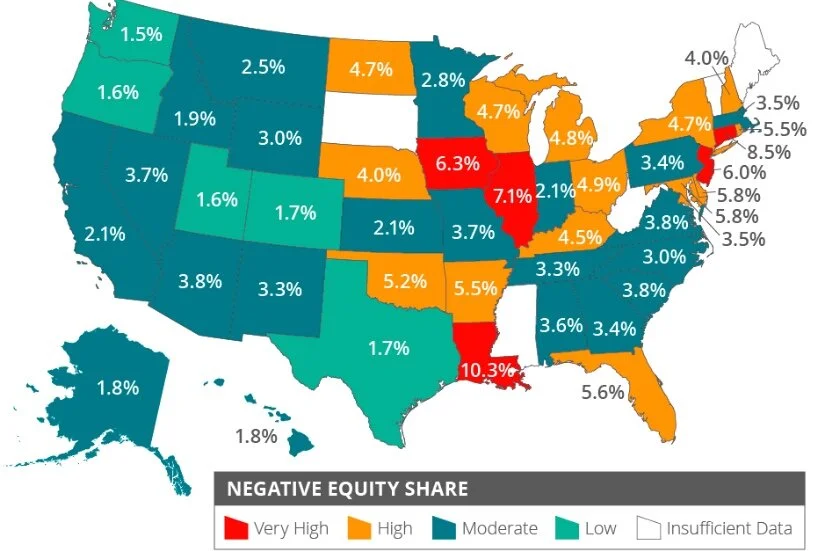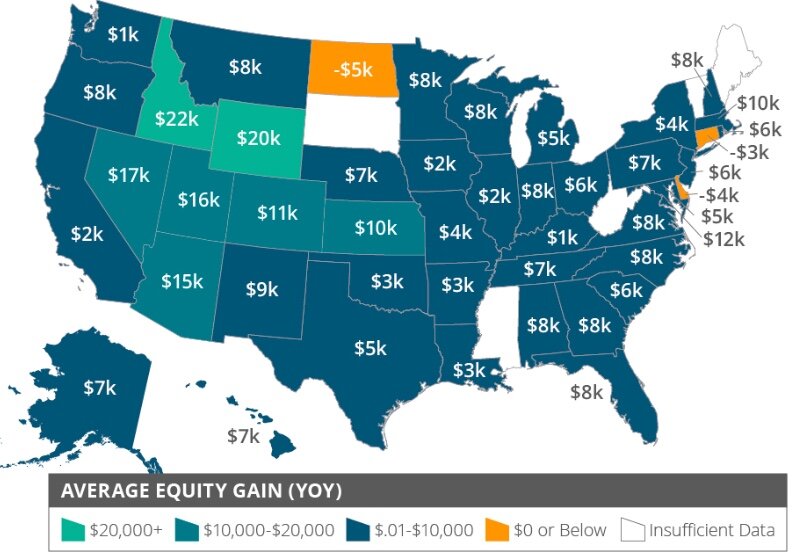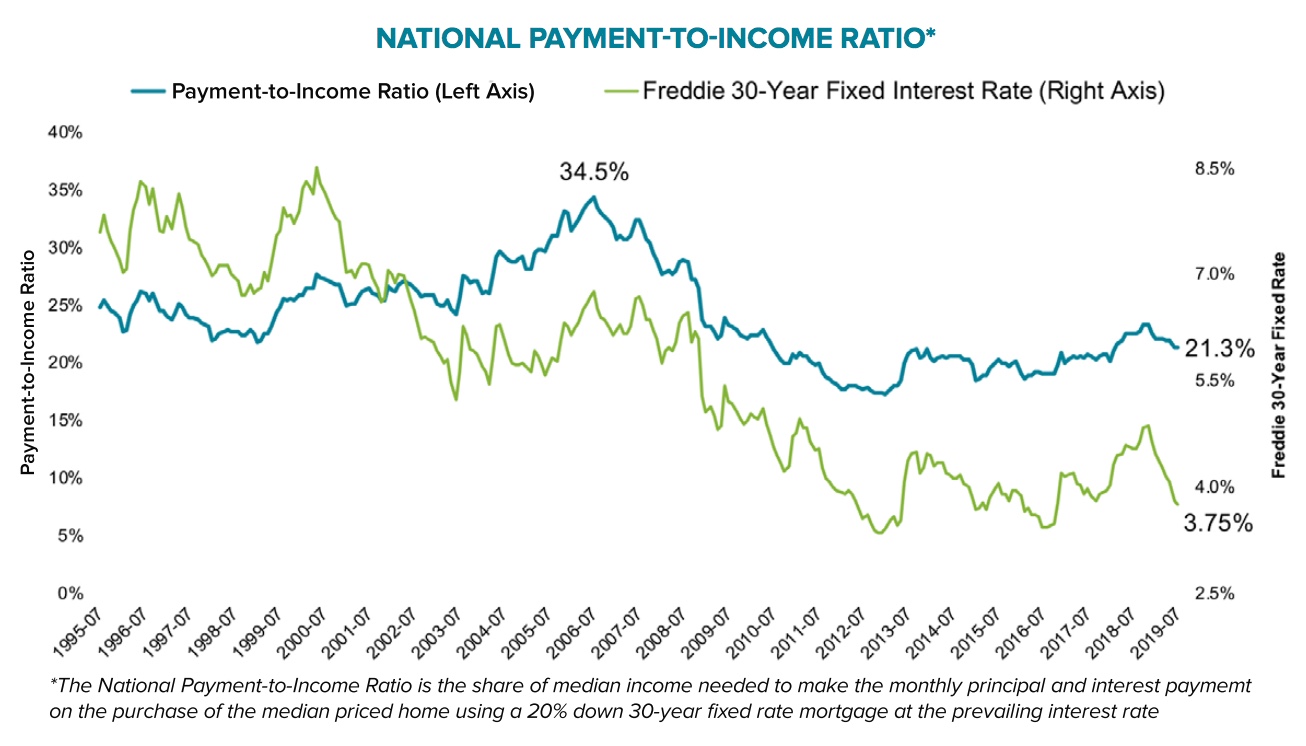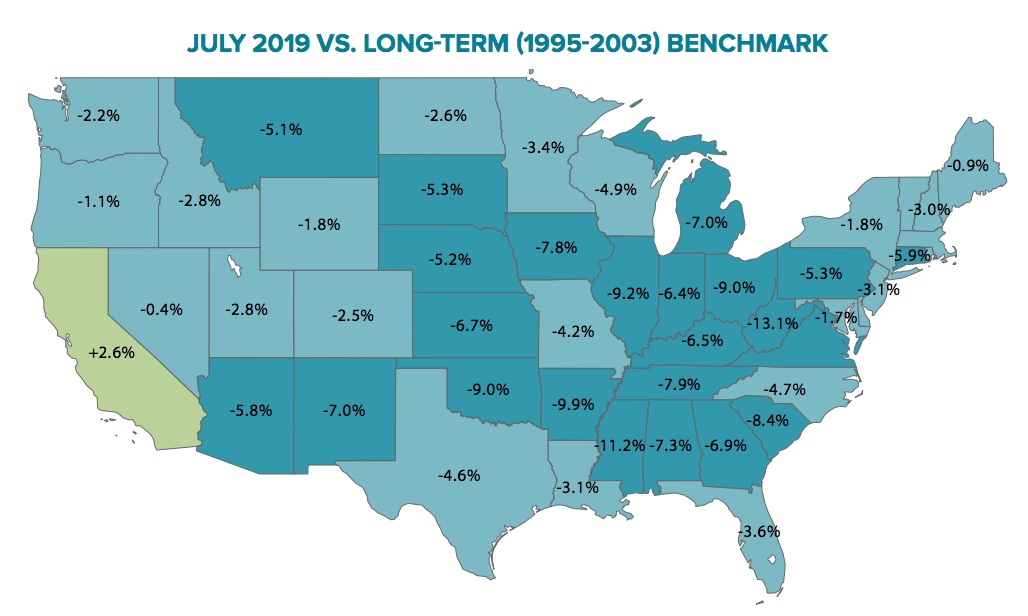The quick answer is Yes if you have at least $150,000 in assets. The long answer gives you a little bit more detail as to what you should know about Living Trusts.
When you own property, have children or have a significant amount of assets, a will may not be sufficient for protecting your interests in the event of death. In these cases, you want a living trust that gives you more control over what happens following death or incapacitation and avoids the expensive process of probate.
What Is a Living Trust?
A living trust is a written legal document that “holds” your property and assets for you. It allows you, as the trustor, to retain control of your property and assets during your lifetime and ensures that they are managed in the way you want after your death or incapacity.
When you create a living trust, you transfer all of your assets into it. These include any real estate, bank accounts, stocks and insurance policies. Your property deeds get transferred to your trust, and the beneficiaries on any accounts get updated to your trust. These assets remain in your control during your lifetime, but a living trust gives clear instructions on what you want to happen upon your death or if you become too ill to manage them.
A living trust kicks in upon the death of one or more of the trustors. It includes provisions for who you want your property and assets to pass to upon your death, who will manage your assets, and how they will manage them. Those who stand to benefit from your trust are known as beneficiaries. The person who manages your trust is known as the trustee, or executor.
You can be both the trustor and trustee to your living will, so that you can manage your assets as long as you are able to. If you and your spouse create a family trust together, you can be co-trustees. That has the added benefit of assets and property automatically passing to your spouse in the event of your death or incapacity without any court probate. During probate, the court supervises the transfer of assets. This can be a lengthy process that doesn’t give beneficiaries quick access to any assets or money.
Under California living trust laws, you can also name one or more successor trustees to manage the trust when the original trustees are no longer able to. These can be other adults (often adult children), a corporate trustee, a professional executor or any combination of those. Whoever is named a trustee must hold and use the assets of your trust only for the benefit of any trust beneficiaries, which are most often your children and other family members.
A living trust is revocable. That means that it can be changed at any time during the life of the person or people who created it. Once one or both of the creators of the trust dies, it turns into an irrevocable trust that can no longer be changed. This is done to protect the interest of the party who is no longer living.
California living trust laws are included as part of California’s Probate Code. California Probate Code Section 15400 says that a trust is revocable unless expressly made irrevocable.
Benefits of a Living Trust
A living trust essentially gives you control when you no longer have any. A living trust allows you to make needed provisions for yourself and your family while you have the capacity to do so. You can allocate what money goes where, who gets what and who takes care of minor children.
There are many benefits to a living trust:
A living trust makes funds and assets available more quickly than wills since it avoids the probate process.
Assets included in your trust are distributed either upon death or if you are disabled or otherwise incapacitated.
Living trusts don’t pass through probate, saving a lot of money for your beneficiaries.
Since they don’t go through a court probate in which records are publicly available, you can have assets dispersed privately.
You can appoint someone to manage assets and property held in your living trust.
If you have children, they are entitled to some inheritance after your death. With a living trust, you can choose someone to manage their inheritance until they turn 18 or at another age you choose.
California Living Trust Executor Responsibilities
It is very important to choose a competent trustee or executor for your living trust. Under California living trust laws, this person has the legal right to manage and control every asset in your trust. Because California living trust executor responsibilities are so important, you need to make sure the person you choose is someone you trust. You will need to provide access to your trust document and assets, any insurance policies and other important information.
It is up to you and any co-trustors who you choose as a trustee. It can be an adult child, a relative, a family friend, a business associate or any other adult you feel comfortable managing your assets. If there is nobody you know personally, you can have a professional executor manage your living trust.
Whoever you ultimately choose, California living trust executor responsibilities at death are the same:
A trustee must follow instructions laid out in the living trust without any variation.
A trustee must use the assets of the trust for their designated use only. The assets cannot be used for the trustee’s own benefit, unless explicitly stated in the trust.
Trust assets must be kept separately and cannot be mixed with the trustee’s own assets. Separate checking and savings accounts must be maintained.
A trustee must keep accurate records and report to beneficiaries as designated in the trust.
A trustee must file needed tax returns and take care of any other financial requirements.
If you or another trustor become incapacitated, California living trust executor responsibilities are slightly different:
The executor manages care of the incapacitated person, as well as any minors or dependents.
The executor handles necessary business, including insurance coverage and disability benefits.
The executor maintains accurate records and accounting for the trust.
When choosing someone to carry out the California living trust executor responsibilities, consider any conflicts of interest the person may have. Also consider how much time and energy she will have to devote to managing your assets.
There should be a stipulation in your living trust about how much to compensate the executor for the time spent managing your property and assets. It does not have to be an extravagant amount, but should be reasonable based on the complexity of the duties listed in your living trust.
How to Create a Living Trust
While you can go online and put together your own living trust, it’s best to work with an experienced estate planning attorney who can help make sure everything is done correctly. This can give you peace of mind, especially when you have kids who you want to make sure are protected.
When you create a living trust, you will go over the following information with your attorney:
Beneficiaries for each of your assets, including your spouse, current and future children, other relatives, organizations and pets.
Designated trustee or co-trustees and their responsibilities.
All of your assets, along with a description and the value of each. These include tangible assets such as jewelry, cars and family heirlooms.
How each of the assets should be distributed and to whom.
Do you still need a will if you have a living trust? Most estate planning attorneys in California are likely to say yes, but it’s good to have the conversation.
An estate planning attorney will walk you through the process to make sure you don’t forget to include anything. It’s helpful to go to your meeting prepared with a list of the needed information. Be sure to talk through anything you are confused about so that you don’t have to revisit it down the line.
Once you create the paperwork for a living trust and officially sign the document, you need to fund the trust. All titles and beneficiary designations should be changed to the trust. If you own a home or other property in California, you need to have the deed recorded in the name of the trust.
Certain assets allow you to name the trust as a contingent beneficiary instead. Your lawyer can help make sure your trust is properly funded and all beneficiary designations are correct for the purposes of a living trust.
In addition to a living trust, an estate planning attorney can help you create an advance healthcare directive, nominate a power of attorney in the event of illness or disability, choose guardians for your minor children and pets, and file new deeds for your real estate.
The cost of creating a living trust depends on the attorney you work with, the complexity of your trust and how much additional paperwork is involved. Generally, even if the cost of creating a living trust is expensive, it’s still less expensive than the costs needed for probate. It also gives you peace of mind that your family is taken care of if the unthinkable happens.
Do You Still Need a Will if You Have a Living Trust?
So, do you still need a will if you have a living trust? It’s often advised to have both a will and a living trust to ensure that all of your assets are protected. If you create a living trust, the type of will you need is known as a “pour-over will.”
A pour-over will pushes assets not previously transferred to the trust while you were alive to the ownership of the trust upon your death. In this way, you essentially make your trust the sole beneficiary of your estate. The assets previously placed there or those placed there by your will are covered by the same protections you intended when you set up the trust.
Without a pour-over will, any assets not included in your living trust, or that don’t pass by beneficiary designations, are subject to probate if they are more than $150,000. It also means that those assets may go to people you didn’t intend since they would pass under state inheritance law instead of per your explicit instructions.
The benefit of having a living trust vs. a will is that assets can be distributed without court supervision or approval, as would need to happen in probate. The trustee can automatically use your assets to pay any debts and taxes and then distribute what is left per your explicit instructions.
Whether you opt to have both a living trust and will or one or the other, you should always make sure the document is up to date. This is especially true if you experience a life-changing event such as marriage, birth of a child, acquisition of new real estate or divorce. It’s best to be as prepared as possible when it comes to passing on and managing your estate.
Regardless, please make sure to reach out to an estate planning attorney you trust to help decide the best course of action.













